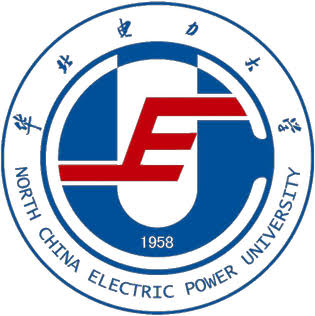- Home
- Study In China
- MBBS in China
- MBBS in China FAQ’s
- Shandong Second Medical University
- Nanchang University
- Dali University
- Ningxia Medical University
- Shihezi University
- Hainan Medical University
- Youjiang Medical University
- Changsha Medical University
- Shanxi Medical University
- North Sichuan Medical College
- Nantong University
- Nanjing Medical University
- Jiangsu University
- Wuhan University
- Zhengzhou University
- Qiqihar Medical University
- Jiujiang University
- Yangtze University
- Jingangshan University
- Yichun University
- China Three Gorges University
- Beihua University
- Hunan University of Chinese Medicine
- Chongqing Medical University
- Chifeng University
- Qingdao University
- Ningbo University
- Guangxi Medical University
- Jinan University
- Southwest Medical University
- Wenzhou Medical University
- Jinzhou Medical University
- Anhui Medical University
- Hebei Medical University
- Yan’an University
- Wannan Medical College
- Jining Medical University
- HUNAN UNIVERSITY OF CHINESE MEDICINE
- Guilin Medical University
- Jiamusi University
- Bengbu Medical College
- Chengde Medical University
- UNIVERSITY OF SOUTH CHINA
- Shandong First Medical University
- Zhejiang Chinese Medical University
- Top 45 Listed Universities
- Engineering in China
- Diploma in China
- IMT Test Apply Now
- MBBS in China
- Study In Russia
- Study in Kazakhstan
- Study In Kyrgyzstan
- Fly Intime
- About Us
- Introduction
- Services
- MBBS in China Consultants in Pakistan
- MBBS in China Consultants in Lahore
- Best Study Abroad Consultants in Pakistan
- Best Study Abroad Consultants in Lahore
- Best Study Abroad Consultants for MBBS
- Study Abroad Best Consultant in Pakistan
- Study Abroad Consultants in Lahore
- Best Consultant for Study Abroad in Lahore
- Study MBBS Consultant in Pakistan
- Study MBBS Consultant in Lahore
- Payment Policy
- Success Stories
Menu






